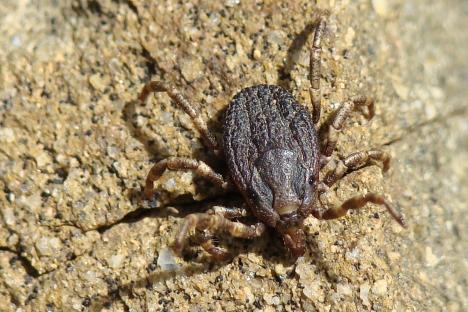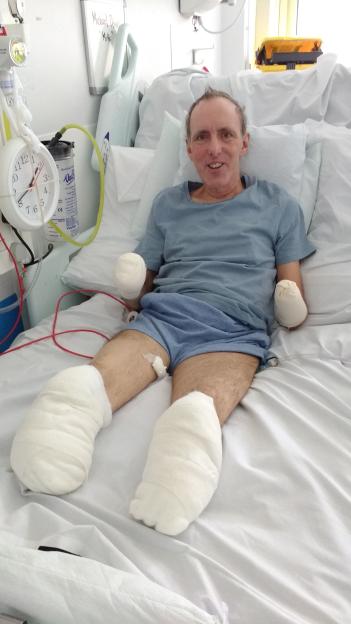HEALTH authorities have issued a warning to British travellers after a case of a deadly virus was spotted in the popular tourist region of Salamanca.
A 70-year-old man was hospitalised with (CCHF), the Ministry of Health for Castile and León reported on May 28.
 A case of Crimean-Congo haemorrhagic fever was recently spotted in Salamanca, Spain
A case of Crimean-Congo haemorrhagic fever was recently spotted in Salamanca, Spain The disease is spread by tick bites
The disease is spread by tick bitesThe Foreign Office-run website Travel Health Pro and Public Health ‘s Fit for Travel , both confirmed the infection and warned British to take precautions when travelling to the region.
The CCHF virus tends to be spread by tick bites and can cause serious viral illness, as well as severe bleeding and multiple organ failure.
In severe outbreaks, it can be fatal to up to 40 per cent of its victims, according to the World Health Organisation (WHO).
Spanish health authorities said the 70-year-old man had contracted the dangerous infection from a .
Testing confirmed he had CCHF after he was admitted to Salamanca Hospital with telltale symptoms.
“He remains stable, although with the clinical severity that this pathology implies,”; Ministry for Health officials wrote.
The patient is being isolated and protection measures are in place for healthcare professionals caring for him, they added.
Medics also traced people the man had been in contact with and were keeping them under observation.
“CCHF is caused by a virus primarily transmitted through the bite of a ,”; Spanish health authorities said.
“However, it can also be transmitted from person to person through contact with the patient’s blood or body fluids, which can occur particularly among healthcare workers when they are not properly protected.”;
For British travellers, the risk of contracting CCHF while holidaying in remains “low”;, Travel Health Pro noted.
“Imported cases are very rare and are more commonly reported in people who have worked in endemic rural areas in high-risk , such as farmers, veterinarians, slaughterhouse workers, livestock owners and other people that work with animals.”;
But it urged people travelling to CCHF-affected areas to take the necessary precautions to avoid getting bitten by ticks.
This includes steering clear of long grass and greenery where ticks may be hiding, as well covering skin with clothing, tucking trousers into socks, and using insect repellent and insecticide.
Travellers were also urged to check their body over for ticks and carefully remove any critters from their skin without squashing them.
“UK travellers experiencing symptoms abroad should seek local medical advice as soon as possible,”; Travel Health Pro stated.
In some cases, CCHF infections may cause no symptoms at all.
For others, it can take up to two weeks for symptoms to appear.
According to the UK Health Security Agency, initial symptoms may appear abruptly and can include:
- Fever and muscle aches
- Dizziness
- Neck pain and stiffness
- Backache
- Headache
- Sore eyes and sensitivity to light
- Confusion
- Nausea and vomiting
- Diarrhoea
What’s known as the haemorrhagic phase tends to begin three to five days after symptoms first appear.
It usually starts with a rash and progresses to:
- Bruising
- Bleeding from the gums and nose
- Bleeding into the brain and/or the abdomen
- Low blood pressure
- Kidney failure
- Neurological and neuropsychiatric symptoms
The disease be fatal as a result of blood loss and multi-organ failure.
Hyalomma ticks â which carry the virus from biting infected animals â aren’t established in the UK but are present in countries across Africa, southern , the Middle East, and western and south-central Asia.
CCHF cases have been reported in over 30 countries across these regions.
It’s estimated that 10-15,000 human infections occur globally each year, resulting in approximately 500 deaths â though this is likely an underestimate as many cases may go unrecognised.







